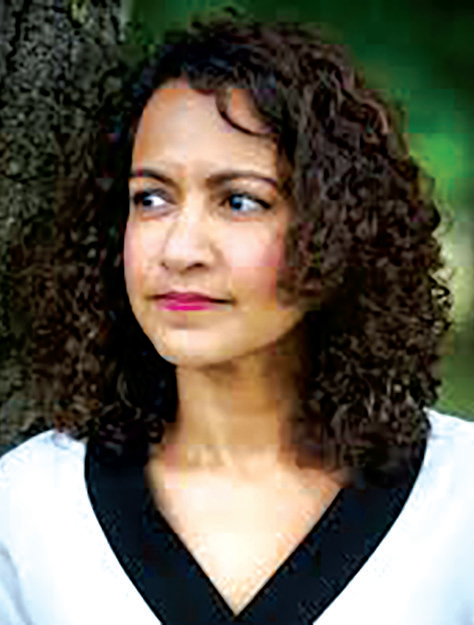
'All children have same emotions'- Indira Mukhopadhyaya
Rana Siddiqui Zaman | NT
Bengaluru: For over 35 years, Nagpur-based Indira Mukhopadhyaya has been telling stories to children in India and abroad.
When she started story telling in 1992, barely did she know that this would be her profession, teaching her the life skills. News Trail spoke to her about her unique experiences and beyond.
You started storytelling 35 years ago when there no ‘professional’ concept of storytelling to children, only grandparents at a personal level were known to do so. Why did you start storytelling professionally?
I was at Delhi’s IGNOU (Indira Gandhi National Open University)’s school of social sciences, for four years after doing my M.Phil in political science from Nagpur University and I was teaching there in post graduate department of social science later at post.
We used to make lot of print material, videos for students but there no direct interactions with them as such.
Meanwhile I read an article on story telling by a professional story teller from Washington, Cathy Sapgnoli. This gave me a direction about how to interact with children.
I started with school children and slum areas wherever I was. It brought to the fore, lots of talents and issues that children had, but no one to share them with.
For telling stories, you need to either know a lot of them or read story books from different parts of the world. How did you prepare your bank of stories.
I lived in a joint family where my father and grandfather would buy lots of children story books from wherever they had gone.
So by the time I was 12, I had read all classic writers who told stories on children like Rabindranath Tagore, Satyajit Ray, Russian writers, loads of magazines filled with stories on or about children.
How does story telling help the narrator and children?
A lot. For instance, I started telling stories to school children first in Dehra Doon on an offer from educationist Kalyani Roy.
There I lived for 10 days and told children stories about scientists, freedom fighters, mother Teresa, folk and tribal tales, adventure stories of Bachendri Pal and so on.
In 1993, I started going to slum areas of Delhi and realised that the children there had lot of issues and we started weaving stories around their joys and sorrows, in a fun way.
For instance, the stressed out kids were told that there is something called laughing gas which induces laughter even when you are crying. Children are immensely imaginative.
In case any child would be stressed or angry, others would imagine the presence of a laughing gas around them and make them laugh. That’s how it started helping children with catharsis of various kinds.
Such ideas start emerging, helping both the creator and kids with imagination. We also created plays around children’s ideas. Their genius in creativity came out very well wherever I went in the following years.
They also realised that they can also become a story teller.
You have told stories across the countries, what’s the difference between children listeners.
I have realised that children across the globe have same emotions. They long to be loved and cared for. They love adventure, wonders, fairy tales, and wish to engage themselves within the story they are listening.
They often become characters they are hearing about.
Have new technologies and video games have taken children away from story listening?
In my experience, in fact it has helped them concentrate more because video games teach them to focus.
Teachers’ Day is close by. Do you think teachers in schools can be good story tellers and it can help them teach the subject better?
Story telling is a specialised area. A teacher can certainly tell stories but most of them have an attitude of teaching than story telling. So they need training in storytelling.
Any examples you can cite.
Yes. Once I was in a school, where we asked a teacher to tell a story to children to help them concentrate. She started telling a tale of a monkey and tree.
I saw that one child started looking out of the window mid-way. I knew he was not exactly looking for an escape but was becoming a part of the story in his imagination. Suddenly the teacher saw him and threw upon a question, “So where was the monkey, tell me fast…”.
The child suddenly fell out of his imagination and said “in the water” and the teacher started scolding him. I had to intervene to say, it’s a story, not a class
 English daily published in Bengaluru & Doha
English daily published in Bengaluru & Doha






